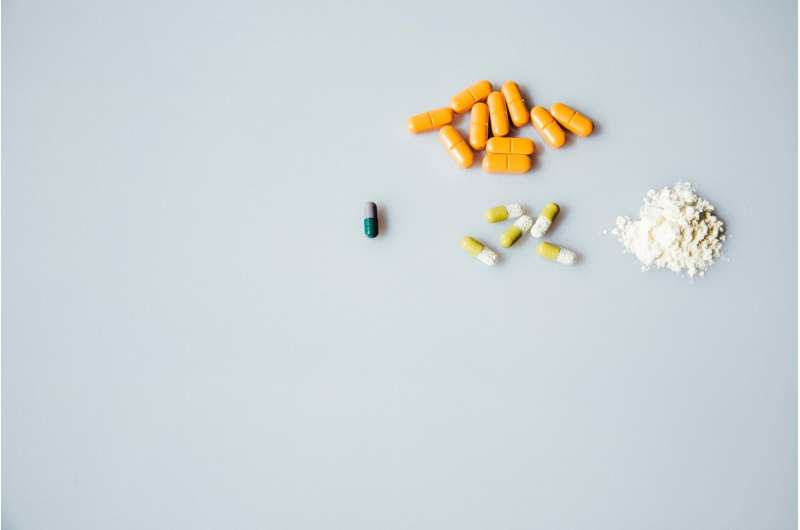Doping by athletes could become tougher to hide with new detection method

As the world awaits the upcoming Olympic games, a new method for detecting doping compounds in urine samples could level the playing field for those trying to keep athletics clean. Today, scientists report an approach using ion mobility-mass spectrometry to help regulatory agencies detect existing dopants and future "designer" compounds.
The researchers will present their results today at the spring meeting of the American Chemical Society (ACS).
Each year, the World Anti-Doping Agency (WADA) publishes a list of substances, including steroids, that athletes are prohibited from using. However, it can be difficult to distinguish an athlete's natural or "endogenous" steroids from synthetic "exogenous" ones administered to boost performance.
And regulatory bodies face another challenge: "As quickly as we develop methods to look for performance-enhancing drugs, clandestine labs develop new substances that give athletes a competitive advantage," says Christopher Chouinard, Ph.D., the project's principal investigator. Those designer drugs evade detection if testing labs don't know to look for their specific chemical structures.
Chouinard's team at Florida Institute of Technology is trying to outsmart cheaters with an assay that can differentiate endogenous and exogenous steroids and can also anticipate the structure of new compounds that might show up in athletes' urine samples.
Currently, testing labs analyze samples using tandem mass spectrometry (MS) and gas or liquid chromatography. These approaches break up molecules in the sample and separate the fragments, yielding spectra that can reveal the identity of the original, intact compounds. But it can be tough to differentiate molecules with minor structural differences—including isomers—that distinguish endogenous steroids from exogenous ones, such as the synthetic anabolic steroids athletes take to build muscle.
To accentuate those differences, Chouinard pairs MS with ion mobility (IM) spectrometry, a separation technique he learned as a graduate student with Richard Yost, Ph.D., at the University of Florida. Yost's team and others found that the differences between isomers could be made even more apparent if the molecules in a sample were modified prior to IM-mass spec analysis by reacting them with other compounds. After Chouinard set up his own lab in 2018, he applied this technique by reacting steroid samples with ozone or acetone in the presence of ultraviolet light—reactions already well-established among researchers who study lipid isomers, but new in the anti-doping arena.
Last year, Chouinard's team reported they had successfully used these reactions with IM-MS to improve isomer separation, identification and quantification for a few steroids in sample solutions. Now, the researchers report they have tested this technique in urine against nearly half the prohibited steroids on WADA's list and have shown it can successfully characterize and identify these compounds. They also showed the method can characterize and identify banned glucocorticoids, such as cortisone, that improve athletic performance by suppressing inflammation from injuries. Detection limits are below one nanogram per ml.
In addition to tracking down known dopants, the team wants to be able to find newly created illicit steroids not yet known to WADA. With Florida Institute of Technology collaborators including Roberto Peverati, Ph.D., they are developing computational modeling and machine learning techniques to try to predict the structure, spectra and other characteristics of these molecules. "If we can develop methods to identify any theoretical steroids in the future, we could dramatically reduce doping because we would be able to detect these new species immediately, without the lag time that's been associated with anti-doping testing over the last 40 years," Chouinard says.
Though the assays themselves are quick, simple and inexpensive, IM instruments are costly, with a price ranging up to roughly a million dollars, Chouinard notes. However, he adds, with the support of anti-doping funding organizations like the Partnership for Clean Competition (PCC), more labs might be willing to foot that bill, so long as the method offers a significant advantage in detection and deterrence.
More information: Abstract title: Paternò-Büchi reaction and its utility in improving ion mobility-mass spectrometry identification of performance enhancing steroids
Abstract title: Ion mobility-mass spectrometry characterization of WADA- prohibited anabolic androgenic steroids
Provided by American Chemical Society





















